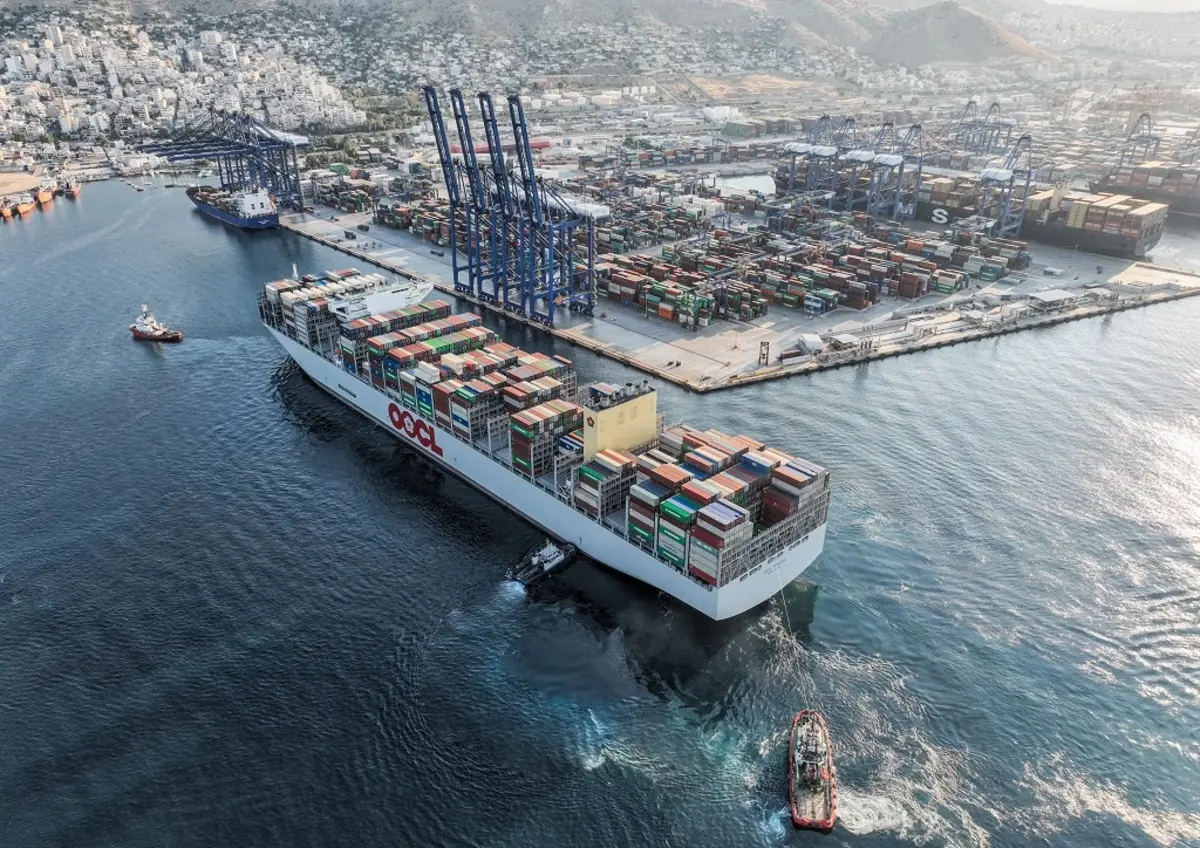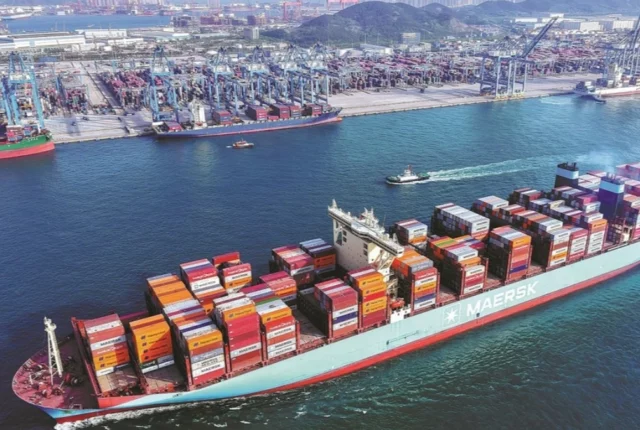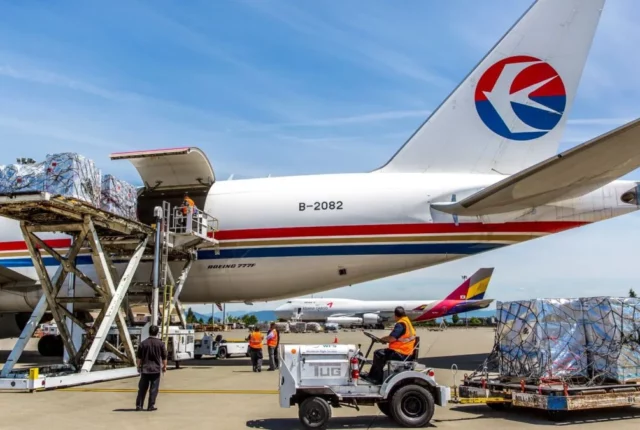
US retailers face challenges as import hurdles grow
US retailers are navigating choppy waters, with scant visibility of the route forward, pummelled in recent weeks by regulatory plans that threaten significant upheaval. The incoming Trump administration is bent on imposing tariffs, although it remains unclear how severe, the outgoing government has set its sights on changes to de minimis rules and Mexico abruptly imposed tariffs on imports of textiles and garments that undermine this route to the US market.
The Mexican move prompted some rapid changes: some importers were quick to alter the routing of shipments headed for Mexico to US gateways, noted Rick Watson, founder and CEO of retail specialist RMW Consulting; while Ryan Martin, president of distribution and fulfilment at ITS Logistics, reported: “We’ve already received an influx of referrals and enquiries from companies looking for firms to offer them customised distribution solutions with immediate warehouse space in our US facilities.”
He added: “The increased tariffs and cessation of duty-free imports puts apparel brands in a scramble to find alternative fulfilment solutions and consider shifting from near-shoring via Mexico to re-shoring operations in the US.
“This is costing companies money today, and even if there is a postponement of tariffs, it’s not a winning strategy for companies to just wait and see what happens.”
Mexico has been a major beneficiary of the near-shoring trend that prompted US importers to shorten supply chains and impelled Chinese and other international producers to set up facilities south of the US border. In the first eight months of last year, trade between China and Mexico was up 22% year on year, following a 33% surge in 2023.
Mexico’s new tariffs change the game. There is no point any more for US importers to route e-commerce imports this way, said ShipHero CEO Aaron Rubin.
Mr Watson added that, like China, Mexico was in the crosshairs of the incoming US government and would remain a likely target for further restrictions. The stance on illegal immigration and the intention to revive domestic manufacturing suggest a tough line on the southern neighbour, he believes.
The threat of tariffs has unleashed a surge in front-loading, as importers race to build up inventory before they come into effect, which has maintained elevated import volumes pouring into the US. But many US firms have avoided decisive action so far, awaiting a clearer picture of how drastic new measures are going to be. Mr Watson said potential shifts in sourcing had been a discussion point with some of his clients, but so far most are not looking to shift.
Likewise, importers are waiting for details of the incumbent administration’s plans for changes to the de minimis regime and how far they will be adopted by the new regime. A drop of the threshold from $800 to $200 would probably not make much difference, but reducing it to $100 could be more serious, said Mr Watson.
Instead of pushing down the limit for de minimis, the administration could withdraw exemption altogether for a swathe of products, which would be a far more serious scenario, he explained, as this would subject such imports to customs clearance, resulting in significant delays and processing charges that would be considerably higher than tariffs. This could seriously undermine the current business model of flying low-cost goods from Asia to North America.
However, such a move would be hard to reconcile with Mr Trump’s image as a ‘champion of American workers’; they would be facing steep increases in the price of goods they buy.
“I think it’s impossible to get rid of the exemption,” commented Mr Watson. “The American consumer is still under a lot of pressure and is looking for cheap products. The US is the world’s number-one TikTok shop.”
Consumer surveys, taken ahead of the peak shopping season, indicated that many respondents were looking to rein-in spending and intended to shop for bargains. A steep increase in prices would not go down well in this situation.
With manufacturing still in contraction, according to the latest purchasing managers index, consumption remains the chief engine of US economic growth, at the moment.
Source: Article






